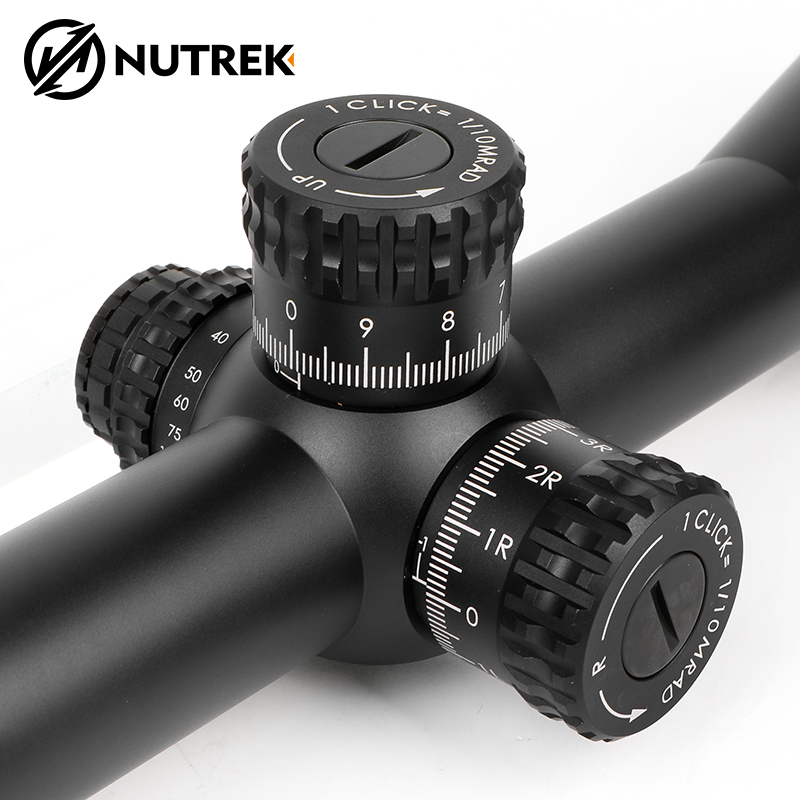When you point your scope to aim at your target. Many invisible, highly technical tasks carried out by the scope are crucial for a crisp image and error-free shooting. Consider your eye as the sensor for a camera and your rifle scope as the lens in a cyborg camera system.

OBJECTIVE LENS
Light enters the scope's objective lens, which is built as large as practicable to catch more light, and then they start traveling toward your eye. The image enters the objective lens upside-down because of how far away the target is from it.
In most cases, special coatings are used to cover objective lenses. These coatings allow the most light to be captured while filtering specific types of light and reducing glare (reflection). Certain coatings are selective for particular colors.
This improves performance in poorly lit or gloomy environments. Many rifle scopes have this coating, and in those lighting situations, the color filters provide better resolution and distinction of a target.
A focal point is produced by the light that enters the objective lens. In a "first focal plane" or "front-focal" rifle sight, that focal point is where the reticle is placed. And this is important.
ERECTOR SYSTEM
The erector system comprises a set of two lenses that work together to reverse the image's orientation. Additionally, this is where the reticle's elevation is changed. When turned, the turret on the top of the scope triggers a spring mechanism that modifies the target's image or the reticle's position.

Magnification
In general, the two lenses of the system move back and forth in coordination with one another along a track that is machined into the inner, secondary tube. The image is magnified by the distance between the lenses as they shrink and expand.
Additionally, a second focal point (and plane) is produced by these two lenses, which you might recognize. The reticle is positioned at this location in a second focal plane or "rear-focal" scope, which is between the erector system and the eyepiece.
The reticle is not magnified since it is placed behind the erector mechanism, which is in charge of magnification. In a first focal plane scope, the reticle is positioned at the first focus point, in front of the erector system, creating the first focal plane. The erector system magnifies whatever is in front of it. Because of this, FFP reticles "expand" as magnification increases.
The two lenses of the erector system have greater room to move when the tube is longer. The greater the distance between them, the greater the magnification capability of the scope.
EYEPIECE LENSES
The shooter can focus the image and the reticle to their eye by sending light through two additional lenses after it has passed through the erector system and the reticle plane. This differs from parallax correction. The distance of the exit pupil focal point from the ocular lens depends on the weapon it is mounted to, despite the fact that it is frequently described as "forgiving" or "unforgiving."
The exit pupil may be closer to the lens on low-recoil rifles like the AR-15 or other semi-auto carbines that frequently use lower magnification optics, enabling quicker target acquisition. The longer the exit pupil, the more "forgiving" it is on high-caliber, bolt-action rifles, giving the shooter some leeway to locate their perfect eye position and preventing the recoil of the weapon from having a surprise, unexpected tackle to their forehead.


 0086-763-3368759
0086-763-3368759 info@enjosports.com
info@enjosports.com Help
Help